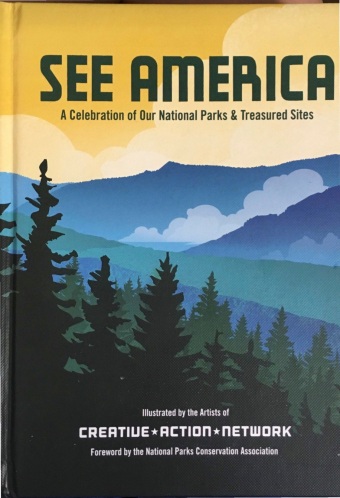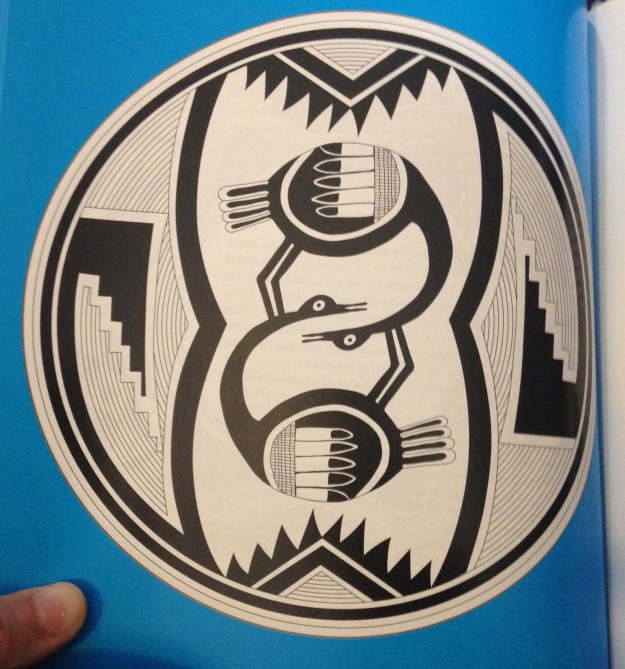Rating: 5/5
David Rowland Francis was mayor of St. Louis and governor of Missouri, the only man to have done both in a state that distrusts its urban centers. When Academic Hall burned down at the University of Missouri, he kept the university in Columbia. Francis brought the 1904 Olympics and World’s Fair to St. Louis. From 1916 to 1917, Francis was the US Ambassador to Russia, serving through the February Revolution and the October Bolshevik Revolution. In its first half, Standing on a Volcano details Francis’ family life and career in Missouri; in its second half, it details his service in Russia. In Missouri, Francis is a man in his element, a man who knows how the machine whirs; in Russia, we see Francis struggle to grasp the mechanisms of a society whose machine has gone haywire. It’s a fascinating biography and a fascinating history of St. Louis and the Russian revolution.
WHY THIS BOOK?
I attended the University of Missouri. I’m a St. Louis native, and I love Russian history. The quadrangle at Mizzou is the Francis Quad, but I didn’t learn about David R. Francis until the 250th anniversary of St. Louis exhibit at the Missouri Historical Society. I bought this biography in the gift shop.
THE GOOD
- Volcano (like so many St. Louisans) discusses why Chicago boomed and St. Louis didn’t. We often blame the Civil War, but Barnes suggests the steamboat. Chicago developed rail, while St. Louis languished. A rail route crossed the Mississippi west of Chicago before the Civil War; the St. Louis Eads Bridge was completed in 1874, well after the contest was lost. Barnes also argues that the St. Louis business community was more conservative in an era that, overall, rewarded risk. After learning about the St. Louis business community in Veiled Prophet and the Chicago business community in Death in the Haymarket, this feels true.
- Philip Jordan was a light-skinned black man from Jefferson City, an orphan or something close to it, a street fighter with a drinking problem. He became Francis’ indispensable companion, accompanying him to Russia. We so rarely learn about the support staff of our famous antecedents, and Jordan is fascinating. He became fluent in Russian, expertly navigating the food shortages of conflict-ravaged Russia. In Russia Jordan was perceived as native, but perhaps from the south. In the United States, he was often mistaken for white, but subject to the discrimination of the era whenever his race was known.
- Volcano indirectly reveals how women and people of color get written out of history. Francis wrote little of Jordan, his companion, caregiver, and even partner of many years. A Russian woman, Matilda de Cramm, also occupies much of the book, and was a close friend to Francis during his time in Russia. Francis mentions her once in his book about the revolution. If we were to use only documents from Francis, we would see very little of Jordan or Madame de Cramm.
- I enjoyed the examination contrast of diplomatic veterans with Francis. Although history has sometimes been unkind to Francis (Russia didn’t turn out so well, after all), Volcano makes the case for Francis.
THE BAD
- It’s great that Volcano includes Matilda de Cramm, a Russian woman whom many suspected to be a German spy. Francis had some level of inappropriate relationship with her during his ambassadorship, which elicited a lot of gossip. But we learn little about her. The book includes dozens of contemporary speculations and frettings about de Cramm. It was a big part of Francis’ time in Russia, but ultimately, there is very little of substance. She doesn’t seem to have been a German spy. It was hard to track and boring after a while.
- Francis’ Kentucky childhood and family genealogy was dull and I would have preferred less of it.
OVERALL
If you have an interest in St. Louis history or Russian history, at least half of this book is worth your while. I’ve never read a nonfiction book with such contrasting halves, but I really enjoyed it. The contrast made for an interesting human study as well. We see a man working in his element, and the same man struggling to tread water. We see 19th century American wheeling and dealing, and we see foreign policy. Francis was a free-market enthusiast, but saw the argument for socialism in Russia. The reader sees Francis’ thinking evolve with his experiences; he wasn’t an ideologue. I enjoyed Standing on a Volcano as a history and as a biography.













